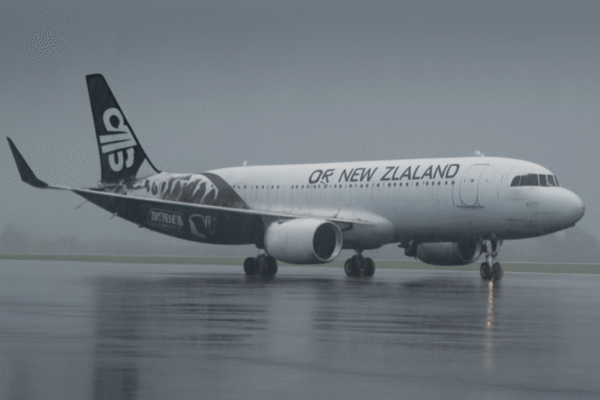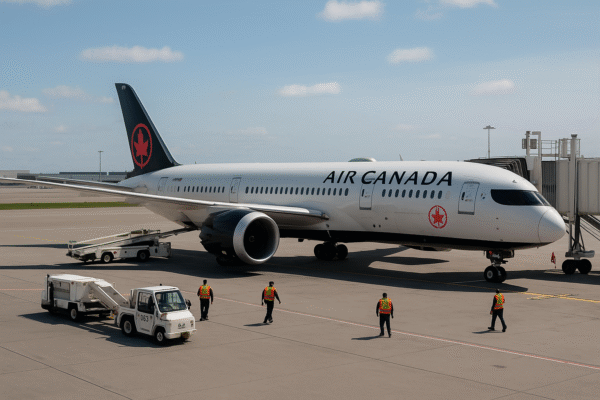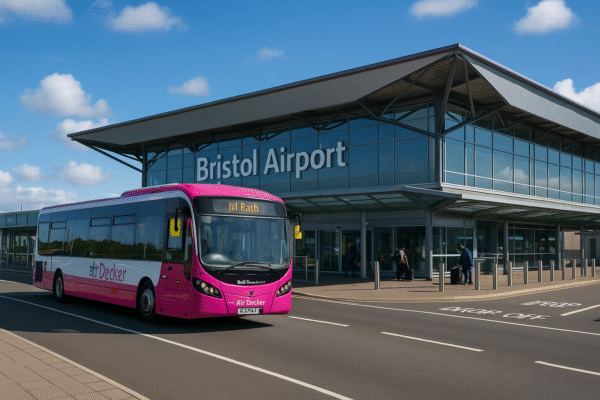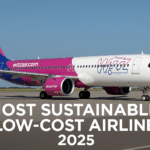Scandinavian Airlines (SAS) has announced a major expansion into the South Asian aviation market with the launch of a new nonstop route connecting Copenhagen (CPH) and Mumbai (BOM), beginning June 2, 2026. This groundbreaking move marks SAS’s debut in India and comes at a time of unprecedented growth in India’s international air traffic sector.
The route will be operated five times a week aboard the fuel-efficient Airbus A330-300, offering travelers a convenient, comfortable, and direct air bridge between Northern Europe and India’s economic capital. The initiative is poised to reshape travel itineraries for business professionals, diaspora communities, and tourists across both regions.
Flight Schedule & Aircraft Configuration
The new SAS service will run on Tuesdays, Thursdays, Fridays, Saturdays, and Sundays, offering travelers seamless access to Mumbai and onward connections throughout India.
- Flight SK969 will depart Copenhagen at 13:10 and arrive in Mumbai at 01:30 IST the following day.
- Return flight SK970 will leave Mumbai at 06:00 IST, reaching Copenhagen at 11:45 local time.
The schedule is designed to integrate conveniently with SAS’s extensive Nordic network, ensuring smooth onward connectivity to Oslo, Stockholm, Helsinki, and further into Europe and North America.
A Strategic Entry into India’s Booming Aviation Market
India’s air travel industry is among the fastest growing globally. In 2023 alone, Mumbai’s Chhatrapati Shivaji Maharaj International Airport welcomed over 51 million passengers, a figure that reflects full recovery from pre-pandemic levels. As the country continues to expand its aviation infrastructure and global routes, Scandinavian Airlines is tapping into a high-demand, underserved corridor.
With more than 29 million outbound Indian travelers flying internationally in 2023, and projected 6–8% annual growth through 2030, SAS’s move into India is both timely and strategic. The launch of this route fills a longstanding gap in direct connectivity between Scandinavia and Western India, particularly since the suspension of the Helsinki–Mumbai route in 2023.
Enhancing Global Connectivity and Convenience
For travelers from India, this route provides faster and more efficient access to the Nordic region—reducing dependence on transit through congested hubs like Frankfurt, Istanbul, or Doha. For Scandinavians, the new connection opens a direct path to one of India’s most dynamic cities, rich in culture, commerce, and global industry.
The route also streamlines transatlantic connectivity. With coordinated schedules through Copenhagen, passengers can easily access destinations across North America, bolstering Copenhagen Airport’s status as a long-haul hub in Northern Europe.
Economic and Tourism Impact
This new route is expected to generate significant positive outcomes for both ends of the corridor:
- Copenhagen Airport, which saw 22 million travelers in 2023, will gain new long-haul passenger flow, boosting revenue and hub status.
- Mumbai Airport will solidify its position as a gateway for Scandinavians, especially business and leisure travelers targeting India’s west coast and Maharashtra’s commercial regions.
- Local tourism boards in Denmark, Sweden, and Norway can expect rising interest from Indian tourists, who are increasingly drawn to Nordic experiences, culture, and landscapes.
A Strategic Pivot Post-Restructuring
The launch follows SAS’s corporate restructuring in 2024, during which the airline joined the SkyTeam alliance and received fresh capital investments. The move marks a broader strategy shift: extending beyond traditional North Atlantic routes and into high-growth Asian markets.
By entering India, SAS is positioning itself at the crossroads of business opportunity, diaspora engagement, and emerging tourism markets. The airline’s data shows a 31% rise in Indian arrivals to Denmark between 2014 and 2024, a trend likely to accelerate with better connectivity.
A Win-Win for Travelers and the Aviation Ecosystem
The Copenhagen–Mumbai route presents a host of benefits:
- Shorter travel times for business travelers and Indian diaspora visiting family.
- Greater itinerary flexibility for tourists seeking multi-country Scandinavian adventures.
- Economic stimulation for secondary airports across Norway, Sweden, and Finland, benefiting from transfer traffic.
- New opportunities for tour operators to offer curated itineraries across India and the Nordics.
Tourism packages that combine the fjords of Norway, Sweden’s archipelagos, or Finland’s Lapland with India’s vibrant cultural hubs now become easier to design and market.
Looking Ahead: SAS’s Asia Expansion Strategy
This latest move brings SAS’s footprint in Asia to six destinations, joining Tokyo, Seoul, Bangkok, Beirut, and Tel Aviv. Analysts anticipate that Delhi or Bangalore may be added to the roster in the future, further strengthening the India–Nordics corridor.
As India prepares to become the world’s third-largest aviation market by 2026, Scandinavian Airlines is uniquely positioned to capture both premium and budget-conscious travelers seeking direct, comfortable, and efficient intercontinental connections.
Conclusion
Scandinavian Airlines’ introduction of nonstop service between Copenhagen and Mumbai marks a transformative step in international aviation. The five-times-weekly service not only bridges a longstanding gap in Northern Europe–India connectivity but also reflects the airline’s forward-thinking strategy to expand into rapidly growing global markets.
With streamlined travel, improved access, and economic benefits on both ends, the new route is a major win for passengers, airports, and tourism stakeholders. It signals a new era of global mobility, built on strategic renewal, modern alliances, and a shared commitment to connecting cultures through the skies.
For more travel news like this, keep reading Global Travel Wire


















